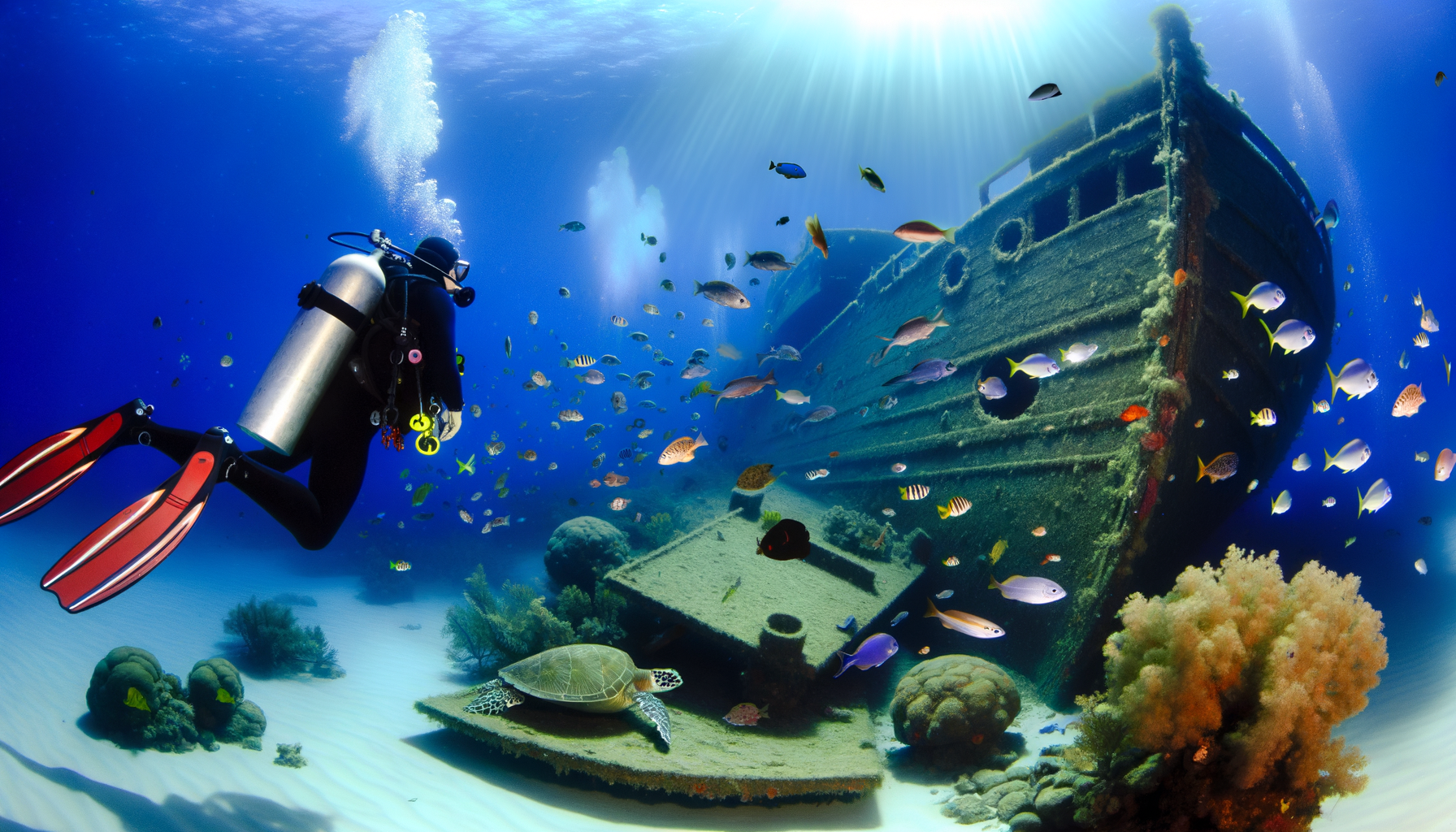
Scuba diving offers a wide array of experiences, but shipwreck diving holds a particular allure for many. Wrecks, whether sunken intentionally as artificial reefs or lost due to maritime disasters, provide unique underwater landscapes teeming with marine life and historical significance. These submerged vessels offer habitats for aquatic creatures, especially in regions lacking natural reefs, such as the Gulf of Mexico.
Wreck diving appeals to those with an innate desire for exploration and discovery. Divers are often driven by the thrill of penetrating unexplored ship interiors or by the historical intrigue these vessels hold, serving as time capsules of past eras. Shipwrecks present opportunities for divers to advance their skills, requiring specialized training for safe exploration due to potential hazards like entanglement, low visibility, and structural instability.
Maritime history has been shaped by the development of vessels, from ancient dugout canoes to modern steel-hulled ships, influencing civilization and commerce. Shipwrecks, as a result of navigational errors, warfare, or natural disasters, have become focal points for marine archaeology, revealing insights into our ancestors’ lives. However, the field of marine archaeology often finds itself at odds with treasure hunters, who may seek financial gain over historical preservation, leading to ongoing debates about the ethics of underwater exploration and artifact recovery.
The article highlights the importance of proper training and equipment for wreck divers, emphasizing the need for gradual progression and careful planning before attempting wreck penetration. With numerous wrecks waiting to be explored worldwide, wreck diving promises a lifetime of adventure for those prepared to delve into the depths and uncover the mysteries of these sunken vessels.



